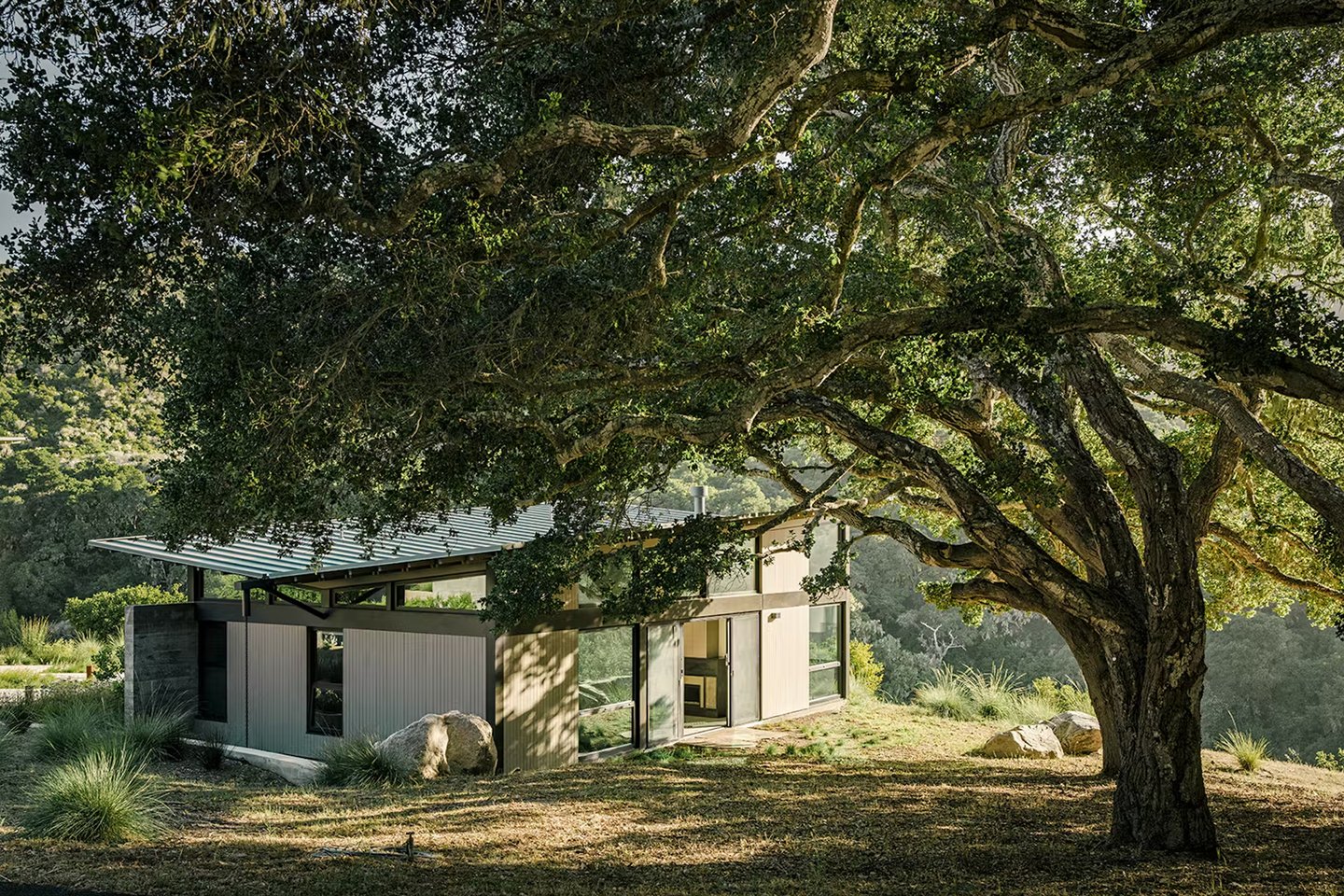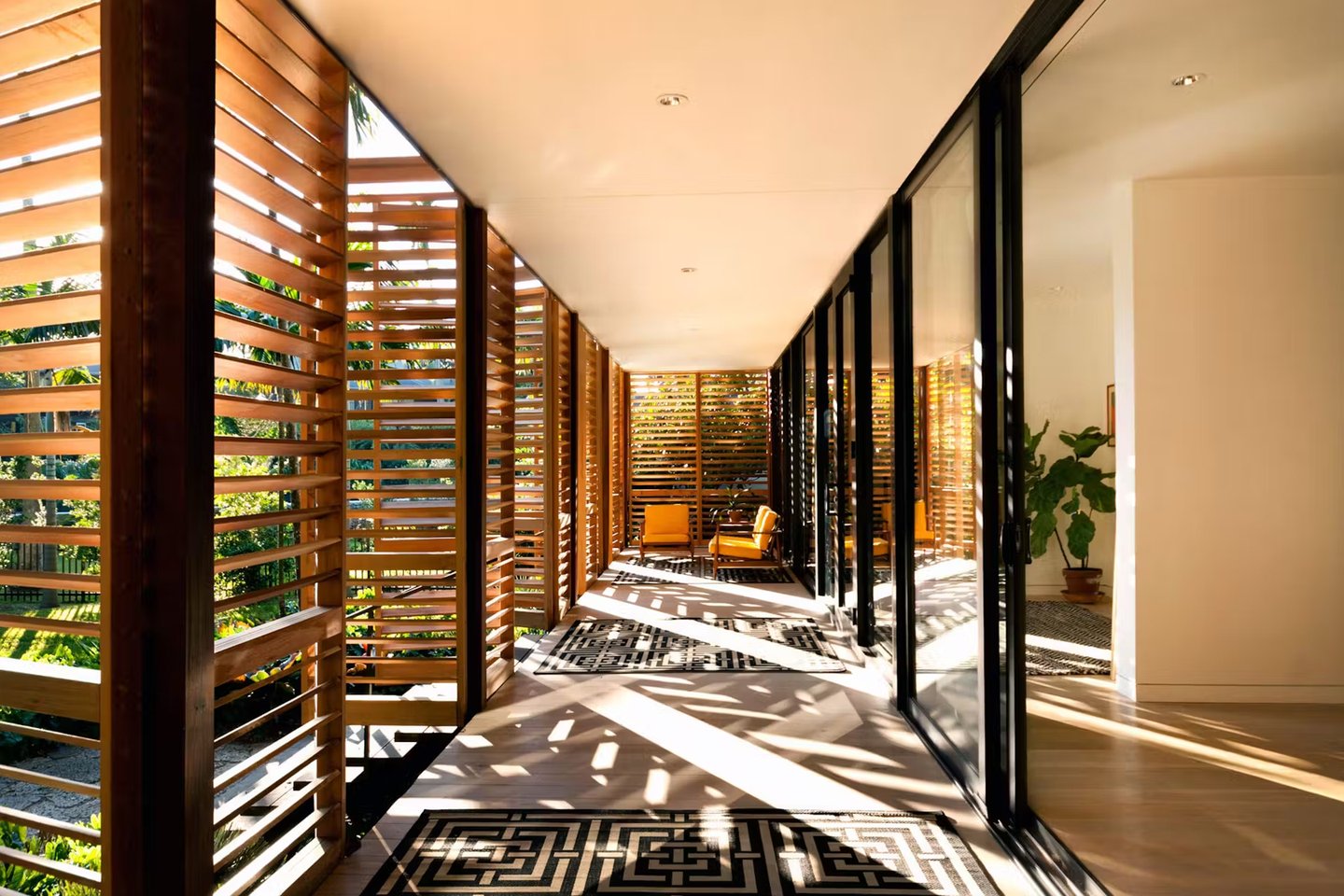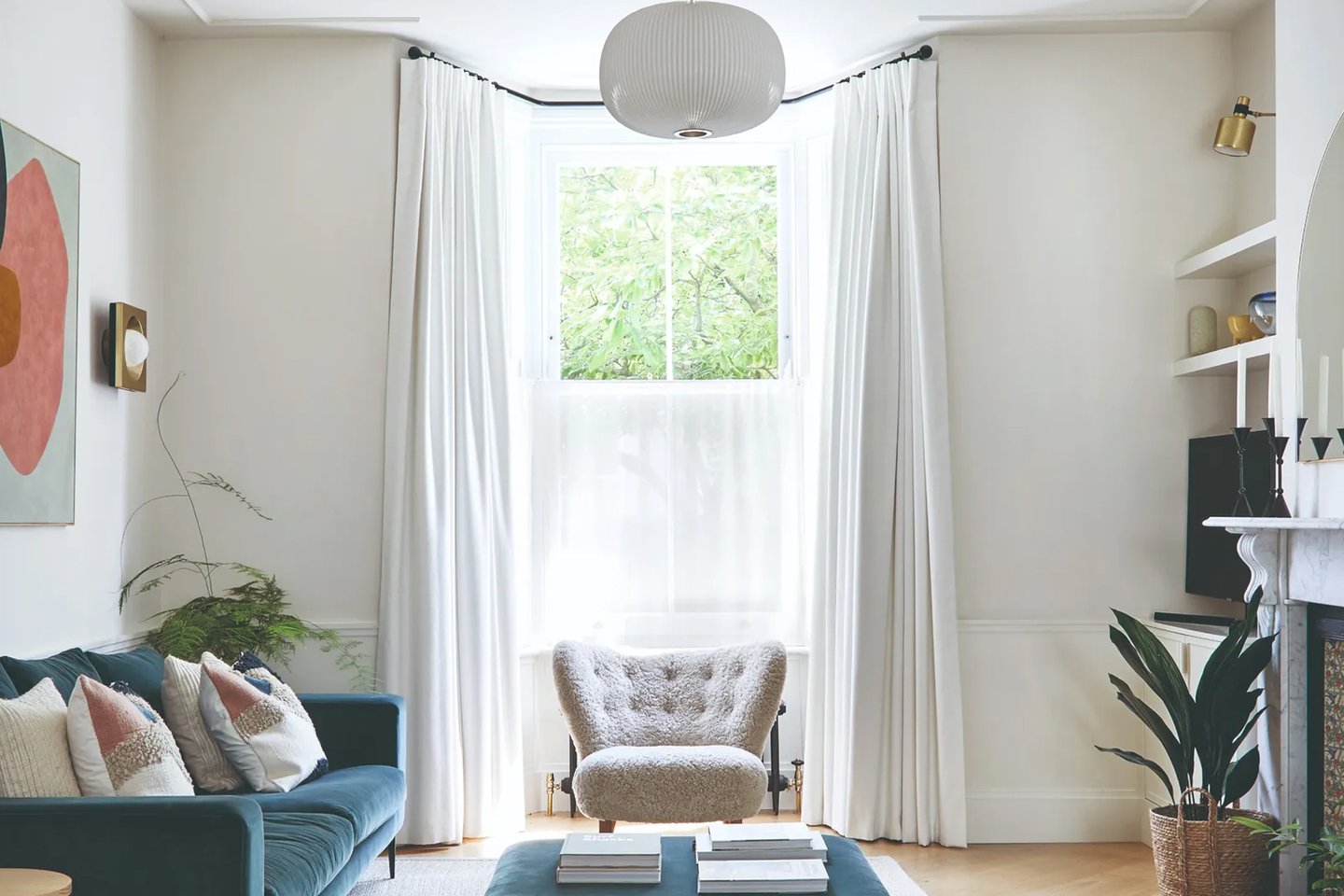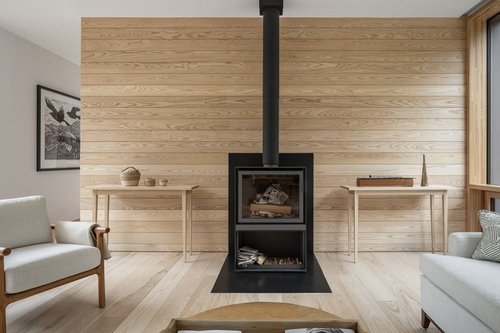
4 min read
Designing an Energy-Efficient and Comfortable Home, Part 1
We examine energy-saving strategies, illuminating their importance for home sustainability, boosting wellbeing and promoting the adoption of energy-conserving behaviors.

3 min read
In our rapidly changing climate, WLLW explores effective strategies for mitigating high temperatures to stay safe in your home
As global temperatures continue to rise due to climate change, homeowners are increasingly facing the challenge of keeping their homes cool during intense heatwaves. The need for effective home cooling solutions is more critical than ever, particularly in regions experiencing record-breaking temperatures. California, for example, reached 128°F in July. Extreme heat can have serious health implications, including heat exhaustion and heatstroke, making it crucial to find ways to manage indoor temperatures effectively.
Implementing practical and sustainable cooling strategies not only enhances indoor comfort but also helps reduce dependence on energy-intensive air conditioning systems. Adopting sustainable cooling methods can bring about significant environmental and economic benefits. By reducing reliance on air conditioning, homeowners can lower their energy consumption, which in turn reduces greenhouse gas emissions. This shift towards more energy-efficient cooling solutions not only helps combat climate change but also translates into lower utility bills. Here’s our comprehensive guide to managing extreme heat in your home, focusing on both traditional methods and innovative solutions.

Proper insulation is fundamental in maintaining a comfortable indoor temperature. By ensuring that your home is well-insulated, you can prevent heat from entering and cool air from escaping. This includes insulating walls, attics and floors to enhance overall energy efficiency. Check for gaps and leaks around windows, doors and other openings, and insulate them as needed.
Blocking out the sun with window treatments is a straightforward yet effective way to reduce indoor heat. Options include wood shutters that often have adjustable louvers that allow for ventilation while keeping sunlight out. Blackout curtains, which can prevent heat from penetrating through the windows. Thermal curtains may typically be considered for colder temperatures, however, the lining provides additional insulation, reducing the load on your cooling system and helping to create a barrier that reduces heat transfer.
Strategic use of fans can help circulate air and create a cooling effect. Ceiling fans, box fans and oscillating fans can be used to enhance air movement and reduce the perceived temperature inside the home.
Installing external shading devices such as awnings, pergolas or shades can reduce direct sunlight on windows, which helps to keep indoor temperatures lower. Solar screens or shade sails can also be effective in blocking out the sun’s rays.
Landscaping can play a significant role in cooling your home. Planting trees and shrubs strategically around your home can provide natural shade and reduce heat gain. Additionally, incorporating water features like fountains or ponds can create a cooling effect through evaporation. This natural approach can effectively lower temperatures and improve overall energy efficiency.

Green roofs, or living roofs, are covered with vegetation and can significantly reduce heat absorption. They provide insulation and cooling by absorbing sunlight and reducing heat transfer to the building. Green roofs also contribute to better air quality and stormwater management.
Living walls, or vertical gardens, are covered with plants and can help lower indoor temperatures. These walls provide insulation and cooling benefits while enhancing aesthetic appeal and improving air quality.
Applying reflective coatings to existing roofs can improve their ability to reflect sunlight and reduce heat absorption. This can lower indoor temperatures and reduce cooling costs.
PCMs are materials that absorb and release thermal energy during phase transitions (e.g., from solid to liquid). Integrating PCMs into building materials or insulation can help regulate indoor temperatures by absorbing excess heat and releasing it when temperatures drop.
Applying heat-reflective paints to exterior walls can help lower the amount of heat absorbed by the home, reducing the need for cooling and improving overall energy efficiency.

Smart thermostats allow homeowners to control and optimize their home’s cooling system more efficiently. These devices can learn your preferences and adjust temperatures accordingly, reducing energy consumption and saving on utility bills.
Modern, energy-efficient HVAC systems offer improved performance and reduced energy use compared to older models. Features such as variable-speed compressors and advanced air filters contribute to better cooling efficiency and lower energy costs.
Heat pumps offer an energy-efficient alternative to traditional air conditioning units by transferring heat from inside the building to the outdoors during the summer, rather than generating cool air through energy-intensive refrigeration processes.
Open windows on opposite sides of your home to create cross ventilation. This allows cooler air to flow through the house, reducing the need for air conditioning.
Place indoor water features, such as small fountains or bowls of water, to enhance evaporative cooling. This can help lower indoor temperatures and create a more comfortable environment.
Understand the rhythm of sun exposure in your home at different times of the day. Staying in sync with the changes in temperature in different parts of the home can allow you to adjust your routine accordingly to avoid the hottest rooms in the middle of the day.

Photography: Joe Fletcher, Casey Dunn, Emma Janzen, Rene Gonzalez, Anna Stathaki


4 min read
We examine energy-saving strategies, illuminating their importance for home sustainability, boosting wellbeing and promoting the adoption of energy-conserving behaviors.

4 min read
In the continuation of this series, we delve deeper into energy-saving measures for enhancing sustainable and healthy homes.